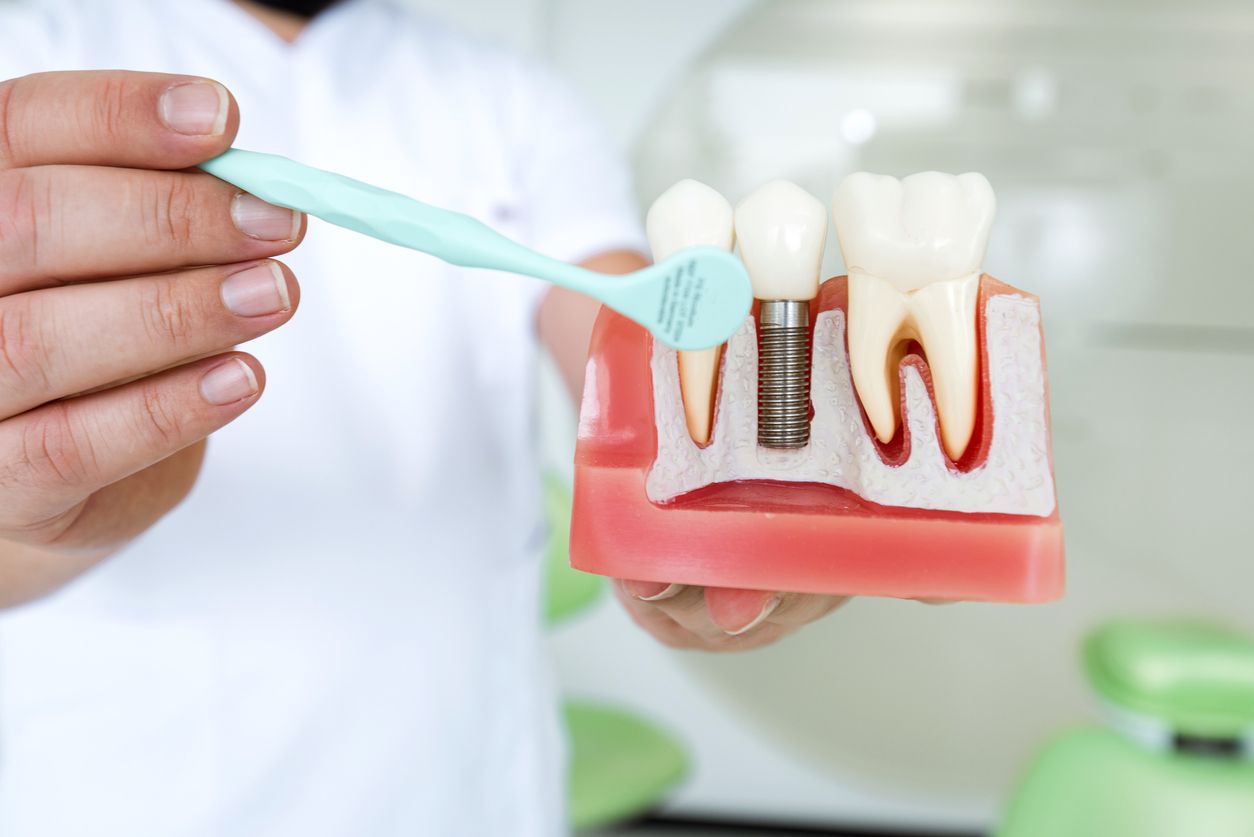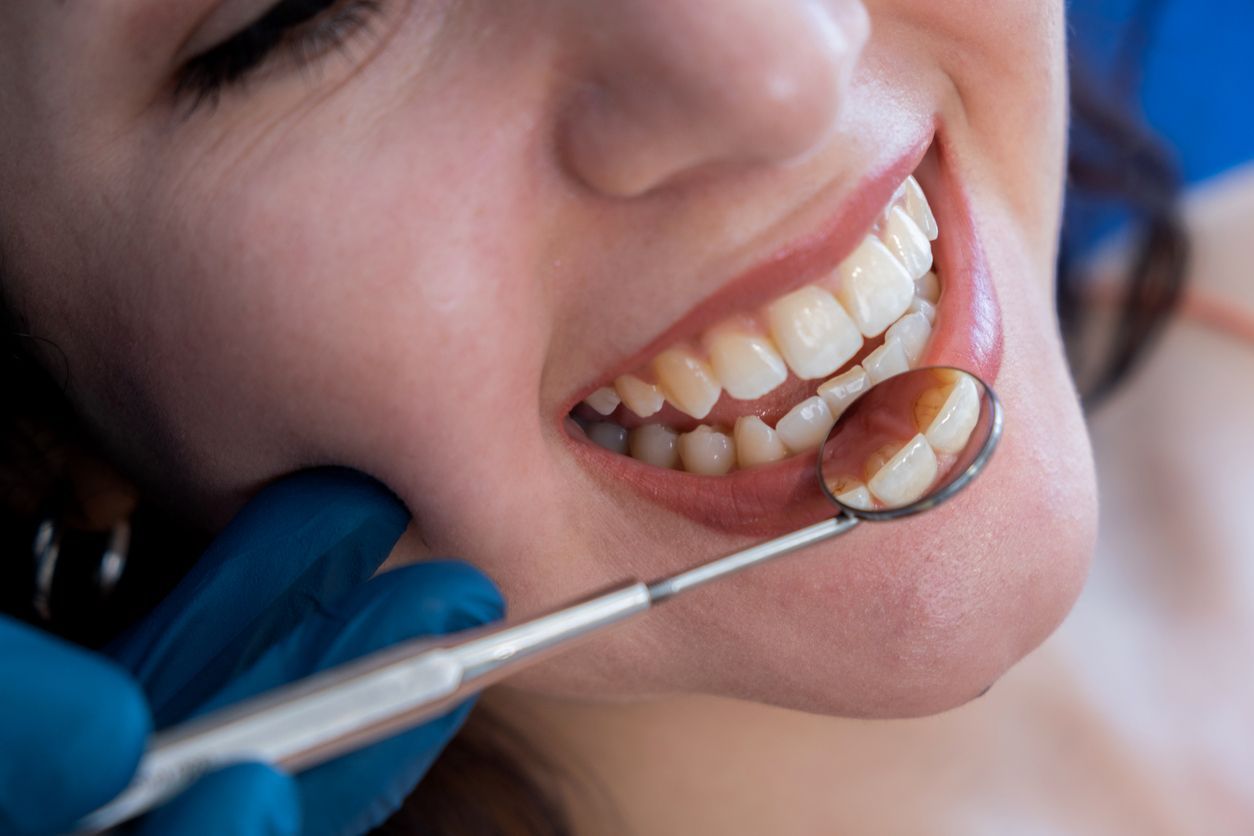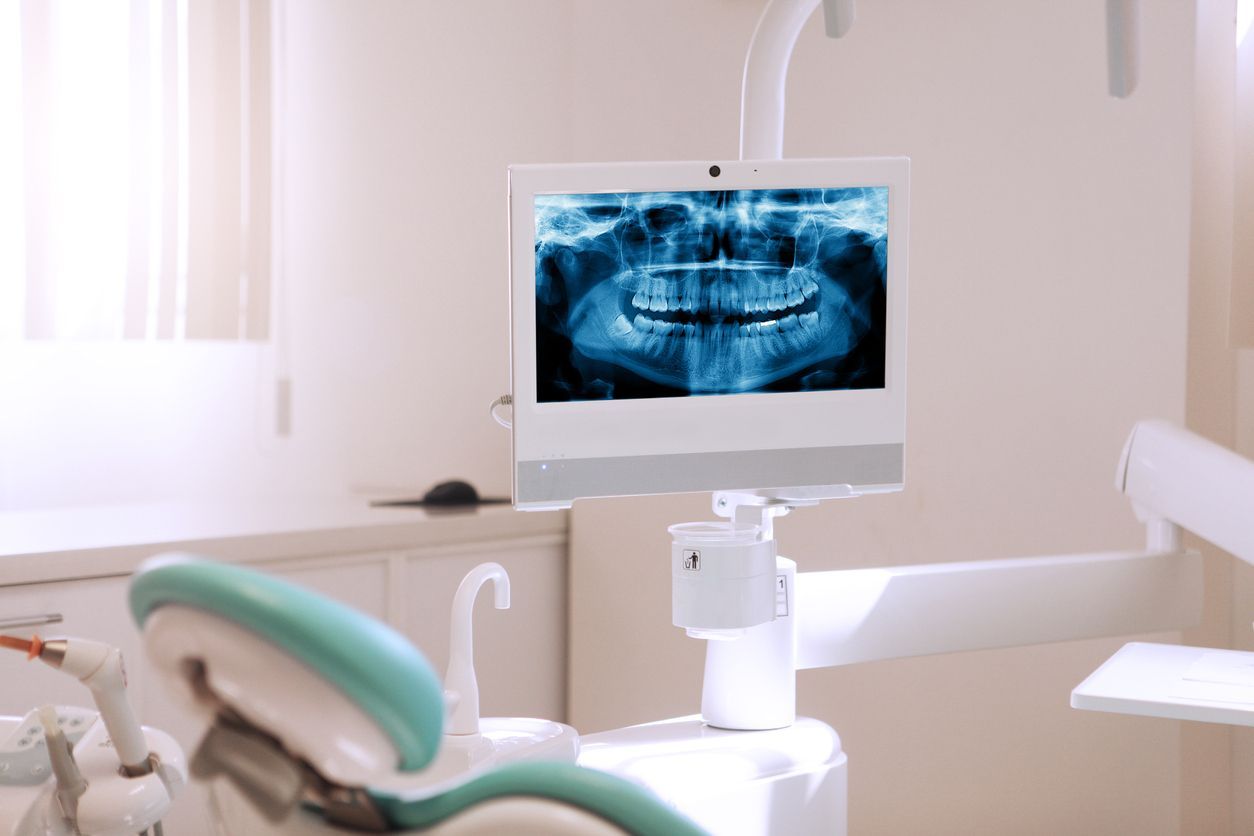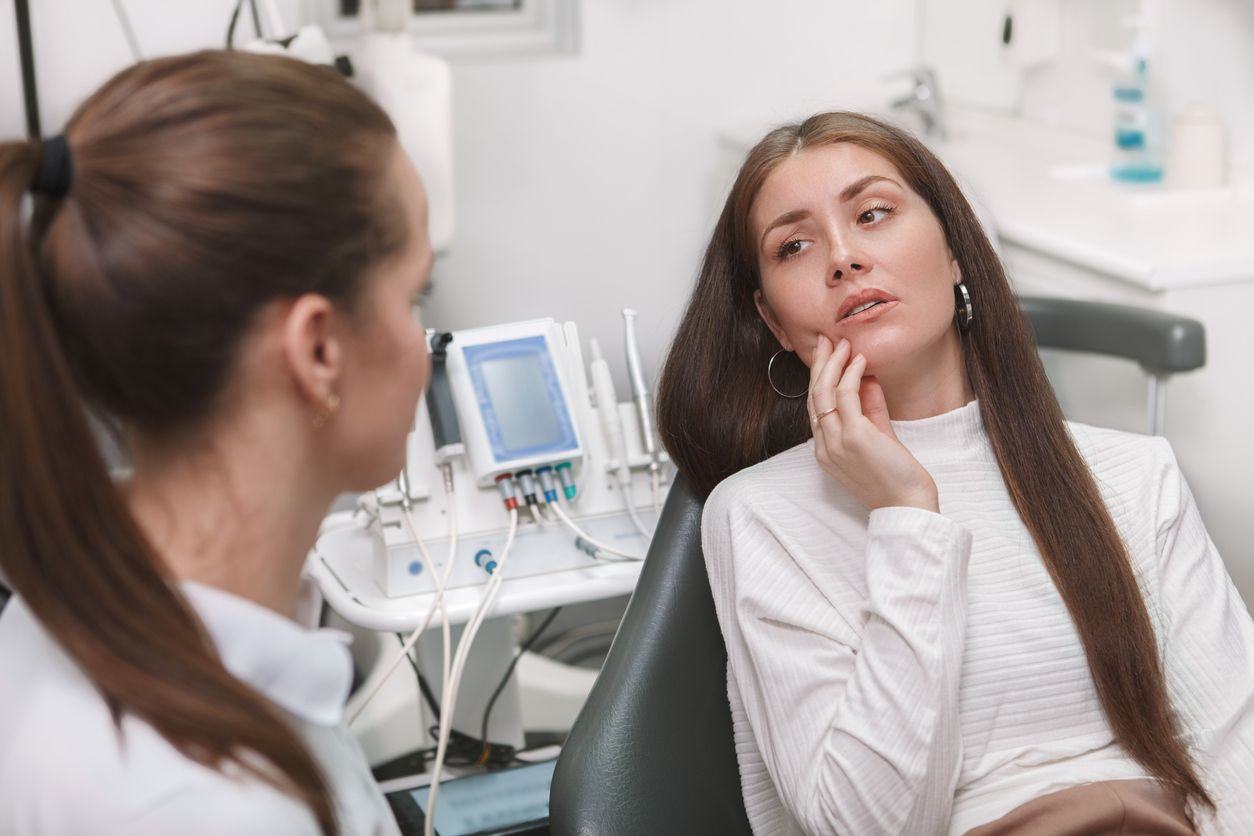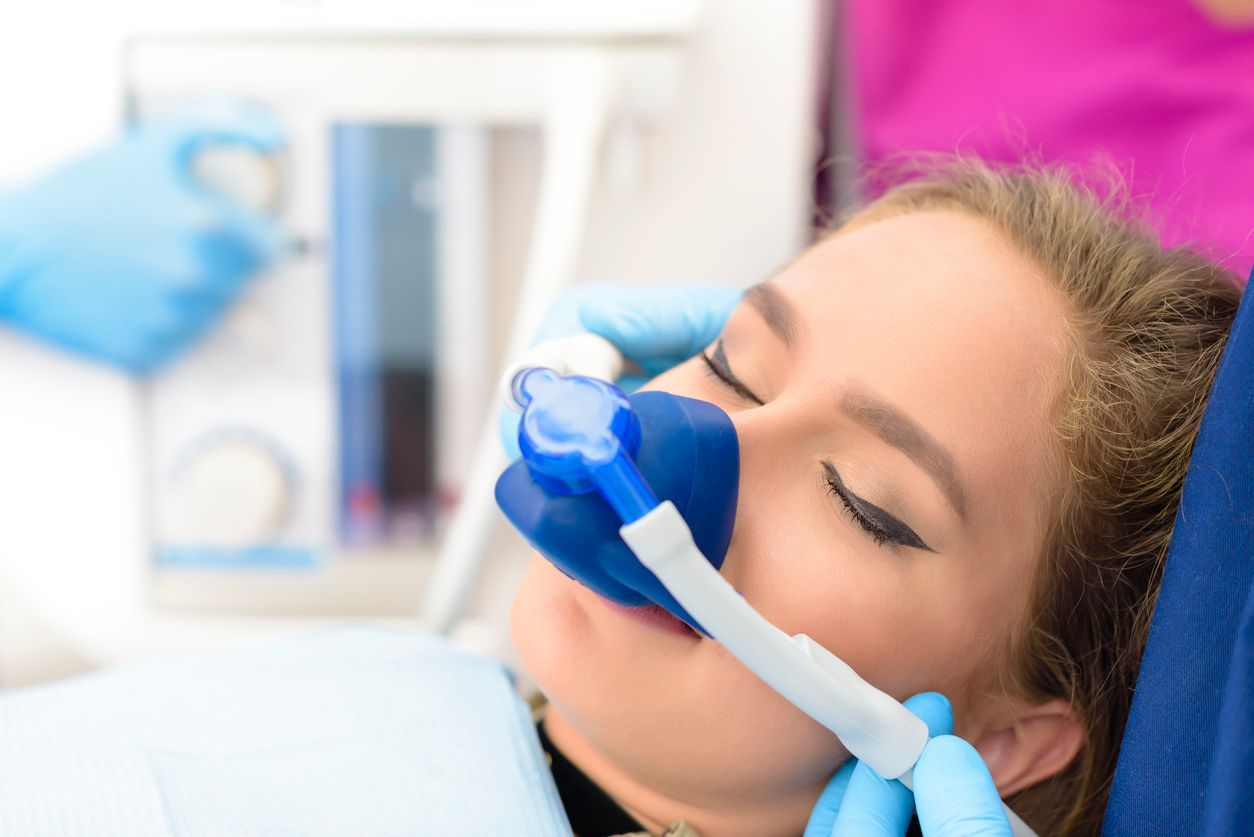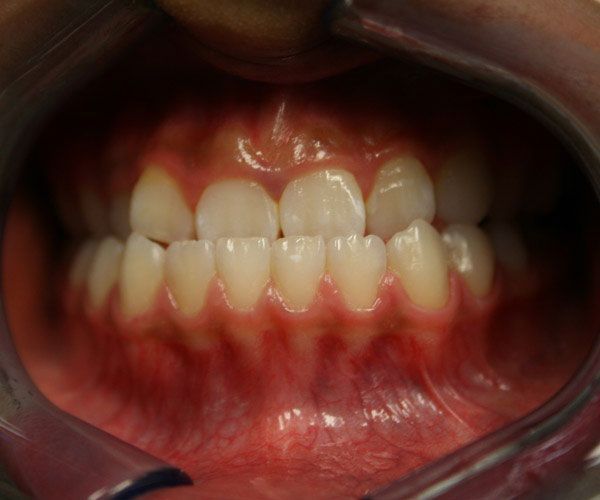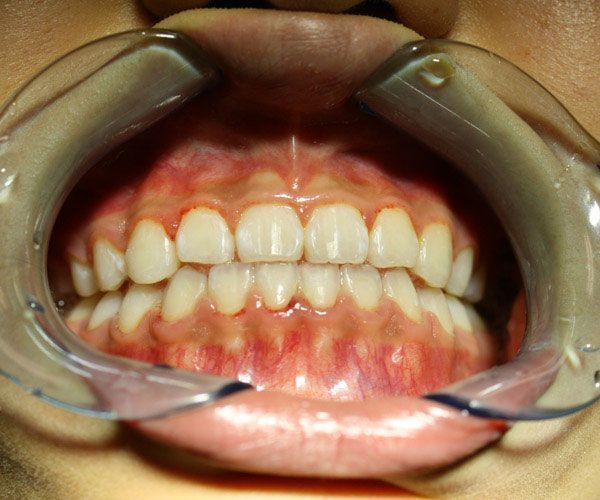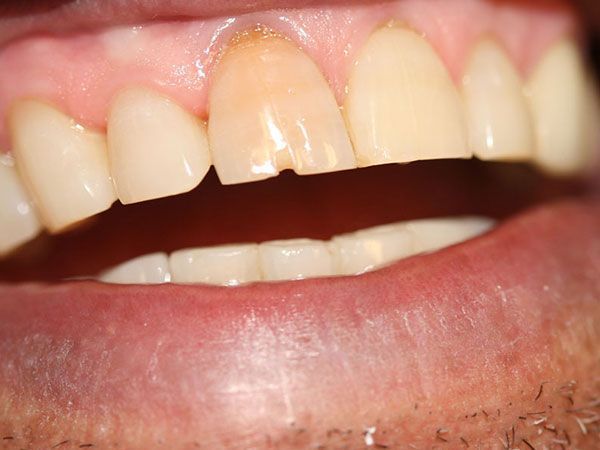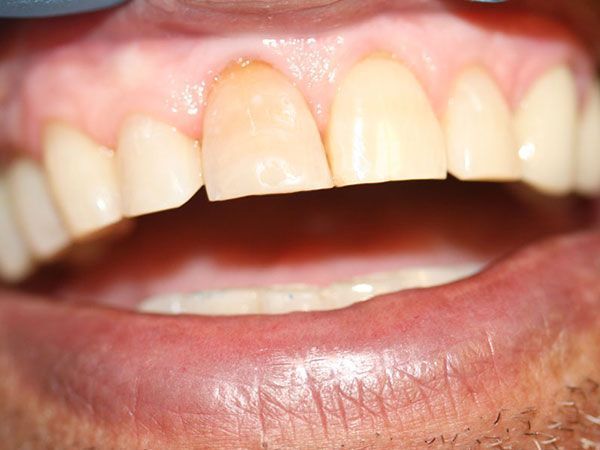Welcome to
Braddock Family Dental
Specializing in Dental implants, Mini Implants, Cosmetic & General Dentistry, in Fairfax, VA
WELCOME TO OUR OFFICE IN FAIRFAX, VA
BRADDOCK FAMILY DENTAL
At Braddock Family Dental, we care about you. You will never feel like a number on a chart when you’re seeing Dr. Samuel Cho and our team. Instead, we will greet you by name and welcome you as a friend!
We offer preventive, general, and emergency dentistry, and:
- Full-mouth reconstruction, dental implants, mini implants, and All-on-4® same-day implant-supported dentures
- Invisalign® clear orthodontic aligners for teens and adults
- Natural-looking cosmetic enhancements
- Nitrous oxide (laughing gas) and safe sedation options
As a people-oriented practice, you’re the most important person in the room. You will have our full attention during visits. We will listen to and engage with you, learn what you want from dental care, and design treatment based on your individual needs.
Braddock Family Dental provides excellent, affordable dental solutions; we stand behind our work. We all look forward to meeting and welcoming you to our smile care family. Please contact our Fairfax, VA dental office, serving Fairfax, Springfield, and surrounding communities, to schedule a complimentary consultation with Dr. Cho, today!
FREE CONSULTATION
Fill out the Form below to request a Free Consultation
Home page
We will get back to you as soon as possible.
Please try again later.
Why Choose Braddock Family
Dental for Your Dental Care?
-
Comprehensive Dental Services
At Braddock Family Dental we provide a wide range of dental services that will address your oral health concerns. Our team of skilled professionals is ready to offer the best care possible for all patients, whether they need routine preventive treatment, restorative treatments, or cosmetic enhancements.
-
Experience and Expertise
Dr. Cho and his team bring years of expertise and experience to each patient interaction. We keep up to date with the latest advances in dentistry, and we pursue continuous education so that you get the most innovative and effective treatments.
-
Personalized Treatment Plans
We recognize that every patient is different, with unique dental concerns, goals, and preferences. We take the time to understand your concerns and create a personalized treatment plan tailored to you. We work with you closely to achieve the desired results, whether you need a simple filling for a cavity or a smile makeover.
-
State-of-the-art Technology
Our practice has state-of-the-art technology that enhances precision, efficiency, and comfort during your dental treatment. We use advanced technology such as intraoral cameras, laser dentistry, and CAD/CAM to achieve superior results while minimizing discomfort and downtime.
-
Commitment to Patient Education
We believe informed patients can make confident decisions regarding their oral health. We take the time to inform you about your dental condition and treatment options.
We also provide preventive measures that will help you maintain optimal oral hygiene between visits. We welcome questions and concerns and encourage open communication.
Braddock Family Dental prioritizes your comfort and satisfaction throughout your dental journey. We strive to create an environment that is comfortable and relaxing, from our welcoming reception area to the treatment rooms with their amenities.
Our practice is located in Fairfax, VA, and offers convenient hours for patients throughout the region. We offer flexible appointment times, including weekend and evening appointments, in order to fit your busy schedule and provide you with the dental care that you need.
Braddock Family Dental is dedicated to providing excellent dental care within a patient-centered, warm, and compassionate environment. Join our dental family and discover the difference yourself!
-
We Are Committed to Your Safety
Braddock Family Dental places your safety and health as our number one priority. We follow strict infection control protocol and ensure a clean, sterile environment is maintained at all times. We go the extra mile to make sure that your dental appointment is as safe and stress-free as possible.
Dr. Cho is Your Partner in Dental Health
Braddock Family Dental and Dr. Cho are dedicated to providing the best possible dental care for families in Fairfax and the surrounding areas. Dr. Cho is a dentist with a passion and dedication to patient comfort and satisfaction.
Braddock Family Dental is the place to be. Call us to set up an appointment today and start your journey towards a happier, healthier smile. We are looking forward to welcoming you into our dental family.
Patient Reviews at
Braddock Family Dental

"I starting coming here 4 years ago, and have had a very touchy history wait dentist. Braddock is different. Everyone here is so kind and make me feel comfortable even as a person who does not enjoy going to the dentist. Thank you to everyone who works there! You are amazing!"
Emma B.
Emma B.
Dr. Cho and his staff are awesome. I am traveling during Thanksgiving week and broke a tooth. The front desk staff helped fit me in to the schedule and Dr. Cho helped me during this emergency. He was very kind and helpful. The staff is honest and helpful. I am very grateful to the staff and Dr. Cho.
Name N.
★★★★★
Barbara H.
"I have been coming here for a few years now. The staff are extremely through and professional with their work, the price is affordable, and the doctor is very concise and understanding of his patients."
Name P.
★★★★★
Lydia C.
Braddock Family Dental - Story of Celesta
Celesta is an amazing realtor who has been helping many others in Fairfax. She was nervous about going to a dentist because of her sensitive teeth and smile. "Not any more!" she says. She now enjoys her favorite foods and coming to her dental cleaning visit and also loves her smile!
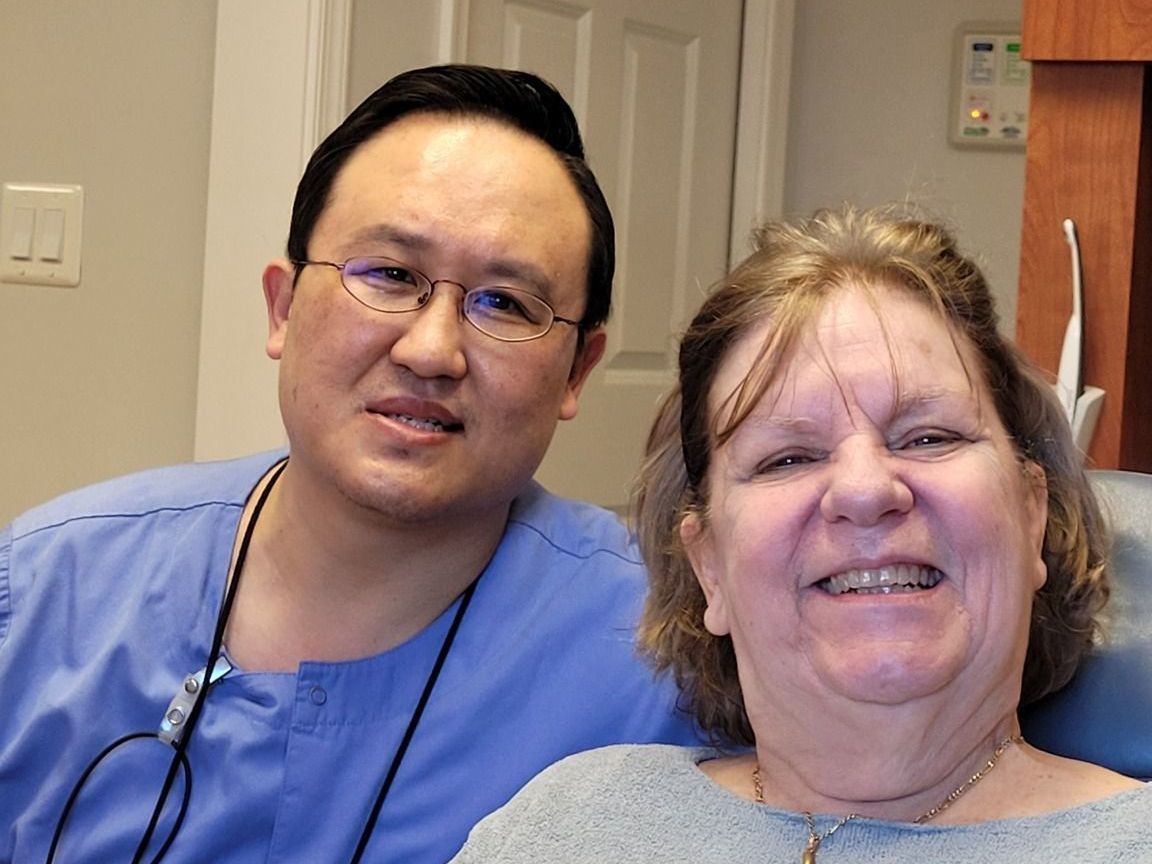

Braddock Family Dental - Story of Tim
Tim is an amazing and happy construction worker, who has helped many others in need in Fairfax. He wasn't though happy with his smile nor able to enjoy foods he loves. Then, he found Braddock Family Dental and Dr Cho in Fairfax. He now enjoys his favorite foods and also loves his new smile!
OUR DENTAL SERVICES AT BRADDOCK FAMILY DENTAL
-
Dental Implants
Learn More -
Full Mouth Reconstruction
Visual odyssey across continentsLearn More -
Preventive Dentistry
Breathtaking colors of our planetLearn More -
General Dentistry
Portraits of people from around the globeLearn More -
Emergency Dentistry
Stark beauty of desolate dunesLearn More -
Invisalign
Learn More -
Cosmetic Dentistry
Learn More -
Sedation & Nitrous Oxide
Learn More -
Whitening
Learn More
PATIENT TESTIMONIALS - WHAT OUR PATIENTS ARE SAYING
Braddock Family Dental - Nick's Testimonial
" Hi my name is Nick, and for many years i have been trying to find a good dentist, to take care of my dental needs. For many years my confidence level was on an all time low. I have been very fortunate to find Dr. Cho at Braddock Family Dental.
Since i started coming here i have my SMILE and CONFIDENCE BACK!"
Braddock Family Dental - George's Testimonial
"My name is George, I am so Happy to take care of my teeth. I recommend them to many friends of mine.
THANK YOU! THANK YOU!"
FAQs (Frequently Asked Questions)
Braddock Family Dental understands that you may have concerns about your dental health, our services, or even our office. Answers to some frequently asked questions:
-
What dental services are available?
Braddock Family Dental offers a wide range of dental treatments to suit the needs of patients of all ages. We offer preventive services such as cleanings, fluoride treatments, and routine exams. Restorative treatments include fillings and crowns. Cosmetic dentistry services include teeth whitening and veneers. Invisalign(r), is also available. We also offer specialized services, such as root canal therapy and periodontal treatments.
-
Do you accept dental insurance?
Yes, we accept most major dental insurance plans. Our team of experienced professionals will be happy to help you understand your insurance coverage, and maximize your benefits. Our goal is to make the process of obtaining insurance as easy as possible for you.
-
What are your payment options?
Dental care is a significant investment in your overall health. We accept cash, personal checks, credit cards, and debit cards. However, we also offer flexible payment options and financing to make your treatment more affordable. Our team will help you find a solution to fit your budget.
-
How often should I have my teeth checked by the dentist?
For optimal oral health, it is essential to have regular dental cleanings and checkups. For routine cleanings and exams, we recommend that you visit us every six months. The frequency of your dental visits will vary depending on your oral health, your medical history, and any ongoing dental problems you may have. We will evaluate your oral health during your visit and create a customized treatment plan for you.
-
Are dental X-rays safe?
Dental X-rays can be considered safe if they are performed properly. Braddock Family Dental uses digital radiography which emits less radiation than conventional X-ray machines. Digital X-rays give us detailed images of the teeth, gums, and jawbone. This allows us to diagnose dental issues accurately and plan treatment. By using the latest technology and adhering to strict safety protocols, we prioritize your safety while minimizing radiation exposure.
-
Are dental X-rays safe?
Dental X-rays can be considered safe if they are performed properly. Braddock Family Dental uses digital radiography which emits less radiation than conventional X-ray machines. Digital X-rays give us detailed images of the teeth, gums, and jawbone. This allows us to diagnose dental issues accurately and plan treatment. By using the latest technology and adhering to strict safety protocols, we prioritize your safety while minimizing radiation exposure.
-
Do you provide emergency dental care services?
Dental emergencies can happen unexpectedly, causing discomfort or pain. At Braddock Family Dental, we understand the urgency and try to accommodate urgent patients as quickly as possible. Our compassionate team can provide comprehensive and prompt care for severe tooth pain, a cracked restoration, or a knocked-out tooth. Please contact us immediately if you are experiencing a dental crisis. We will prioritize your needs.
-
How can I improve oral hygiene at my home?
It is important to maintain good oral hygiene in order to prevent dental problems and keep a healthy, bright smile. Brushing your teeth with fluoride toothpaste using a soft-bristled toothbrush is recommended at least twice daily. Daily flossing is essential to remove plaque and food particles between teeth and along your gum line. Mouthwash can also be incorporated into your oral care routine to kill bacteria and freshen your breath. A balanced diet that includes fruits, vegetables, and calcium-rich food can help to support oral health. Our team can provide you with personalized oral care instructions and tips that will help you keep a healthy and clean smile at home.
-
What should I do in the event of a dental emergency that occurs after hours?
Dental emergencies can happen at any time. This includes outside of normal business hours. We recommend that you contact our office as soon as possible if you have a dental emergency, such as a severe toothache, a broken tooth, or a dental injury. The voicemail system can provide you with instructions on how to reach our on-call dental professional, who will assess your situation and give you advice on the next steps. We will do our best to provide you with prompt treatment to relieve your pain.
FREE CONSULTATION
Fill out the Form below to request a Free Consultation
HOME
We will get back to you as soon as possible.
Please try again later.



